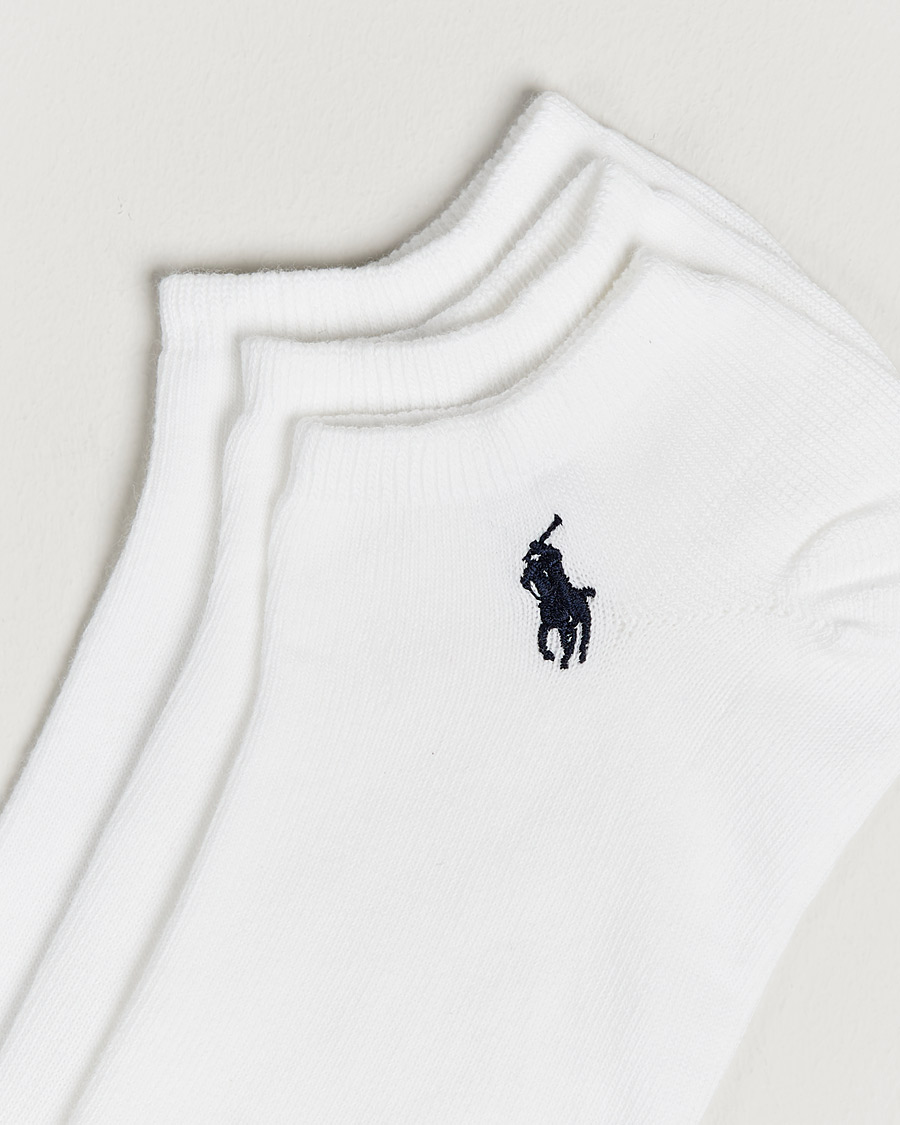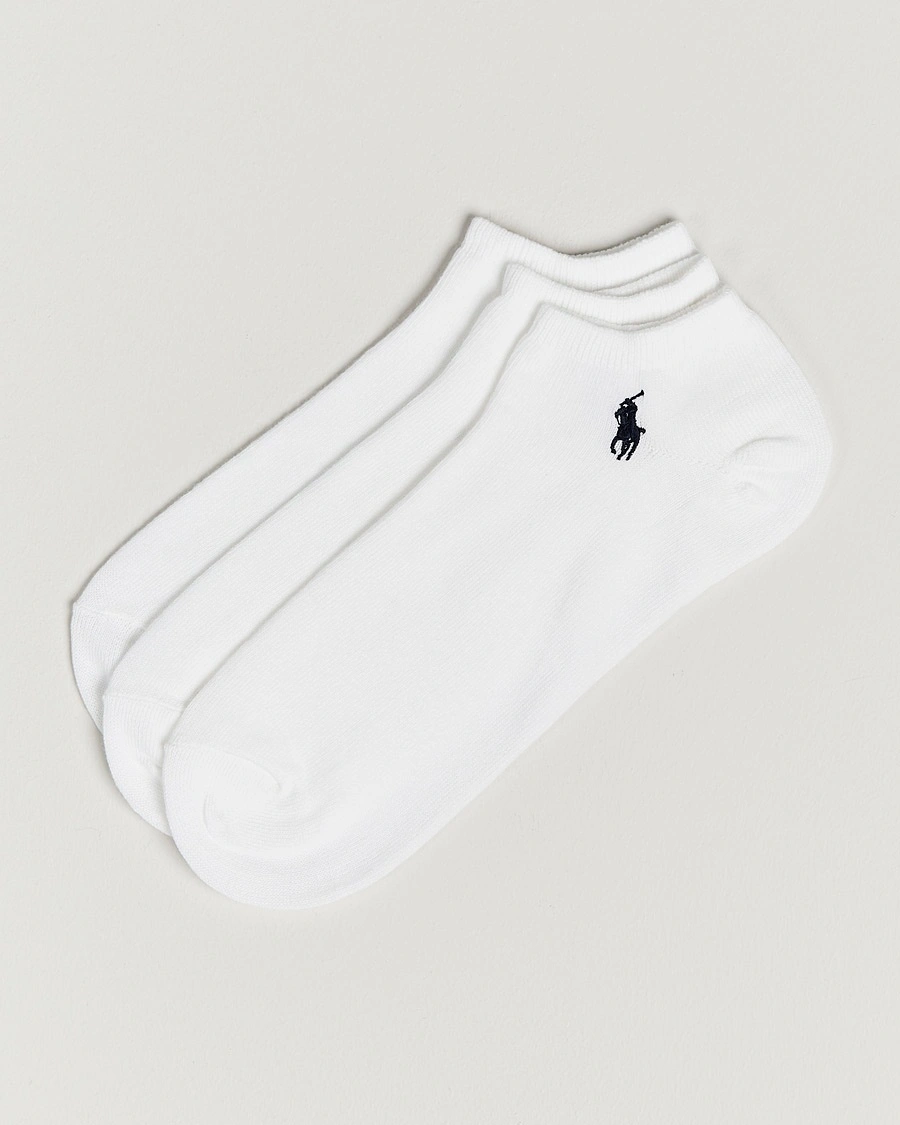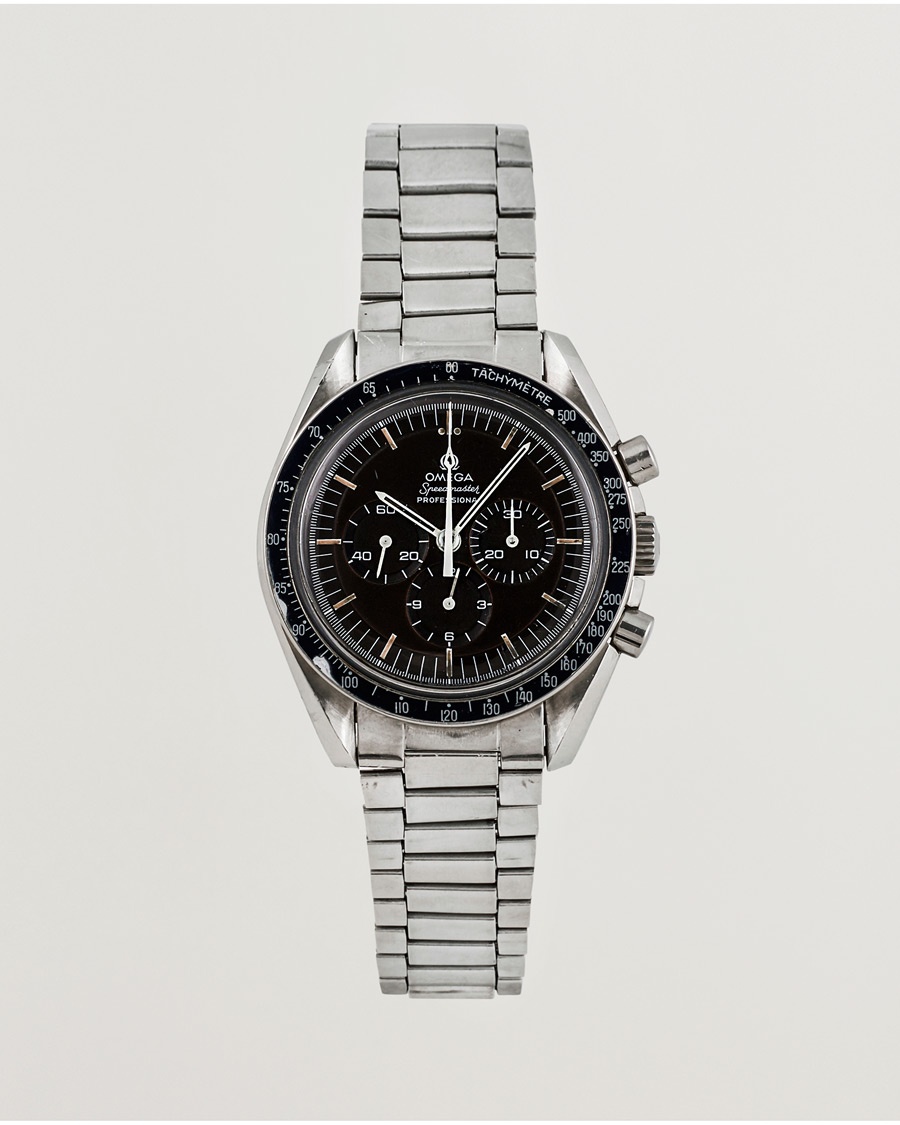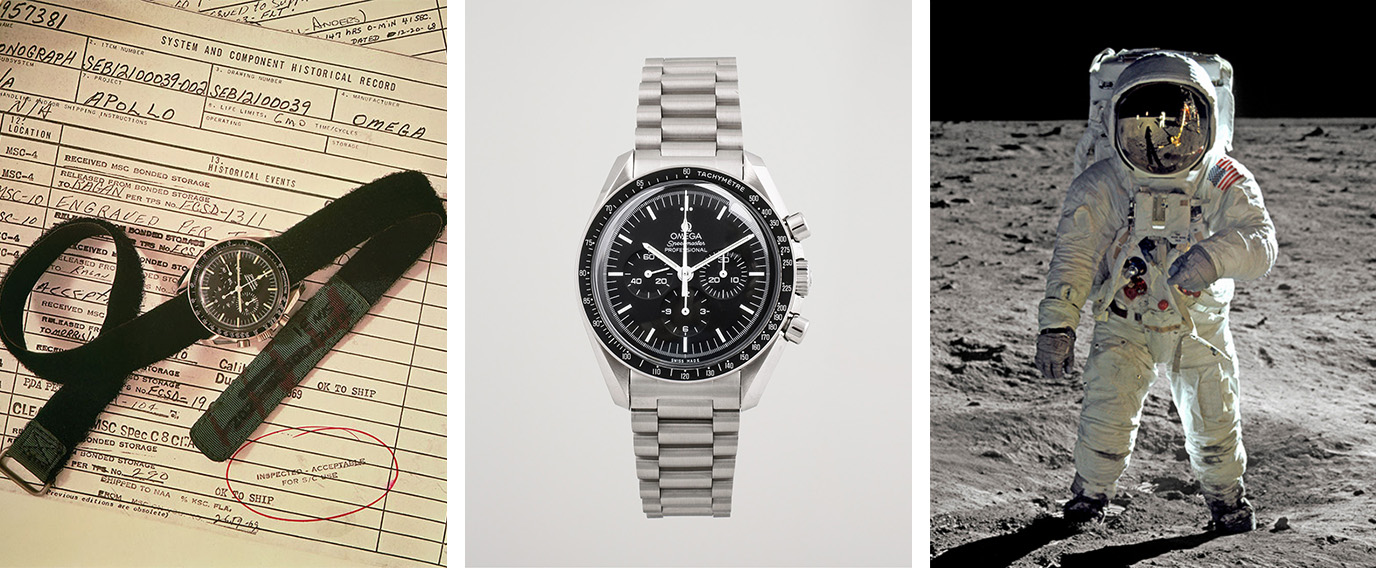
Omega – Speedmaster Moon Watch
text: Joakim rönnqvist
Photo: Care of Carl
Origin of the Speedmaster
The Speedmaster, launched in 1957 as part of Omega's mythical "Master trilogy" with the Seamaster 300 and the Railmaster. The big news with the model was the introduction of a bezel with a tachymeter, something that today is almost taken for granted. In the past, it was common to place this under the glass on the dial.
The story of why the Speedmaster was developed in the first place is fascinating. As motorsport became popular with the public in the mid-20th century, luxury watchmakers caught on to the trend. Suddenly, almost every well-known luxury watch brand had at least one motorsport chronograph in its range - and Omega was no exception. In other words, the Speedmaster was not originally designed for space travel, but rather for motorsport.
In the early years, the Omega Speedmaster sold modestly. It was only about 10 years later that the Speedmaster had its big breakthrough in connection with the race to the moon.
Read more: Everything you need to know about Omega
NASA and the moon landing
A year after the launch of the Apollo program, NASA began searching for a reliable watch that would serve as the official watch for the space program. Of the ten invited brands, only four responded: Omega, Longines, Rolex and Hamilton. However, Hamilton was disqualified for not meeting NASA's specifications. The remaining watches, the Rolex Daytona, the Longines 242T and the Omega Speedmaster, underwent rigorous testing that would simulate conditions on the moon.
On March 1, 1965, NASA announced that the Omega Speedmaster was the winner. It was also the unanimous favourite of the astronauts who had worn all three qualified watches, thus becoming the first and only watch to be "qualified for manned space missions by NASA."
An interesting anecdote from the historic first moon landing and the Apollo 11 mission is that Neil Armstrong left his Omega watch on board the lander as a backup, in case it was needed as a tool if something went wrong. Therefore, it became Buzz Aldrin's watch, which later became the famous "first watch on the moon". A watch that later mysteriously disappeared after they landed on Earth. According to protocol, Buzz sent his watch to the Smithsonian Museum in Washington for display when he returned to Earth, but it disappeared without a trace on the way. To this day, no one knows what happened, or where the famous clock is.
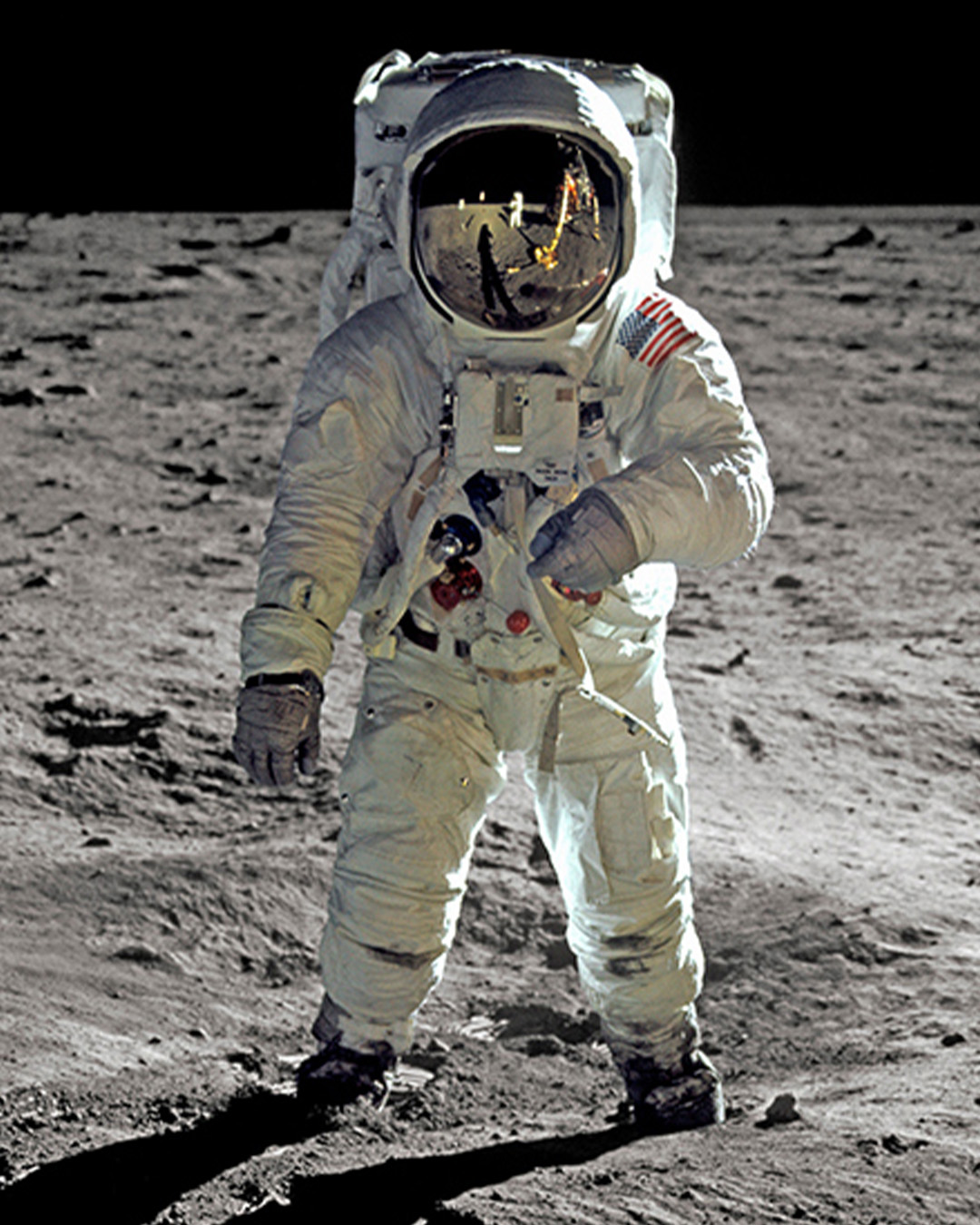
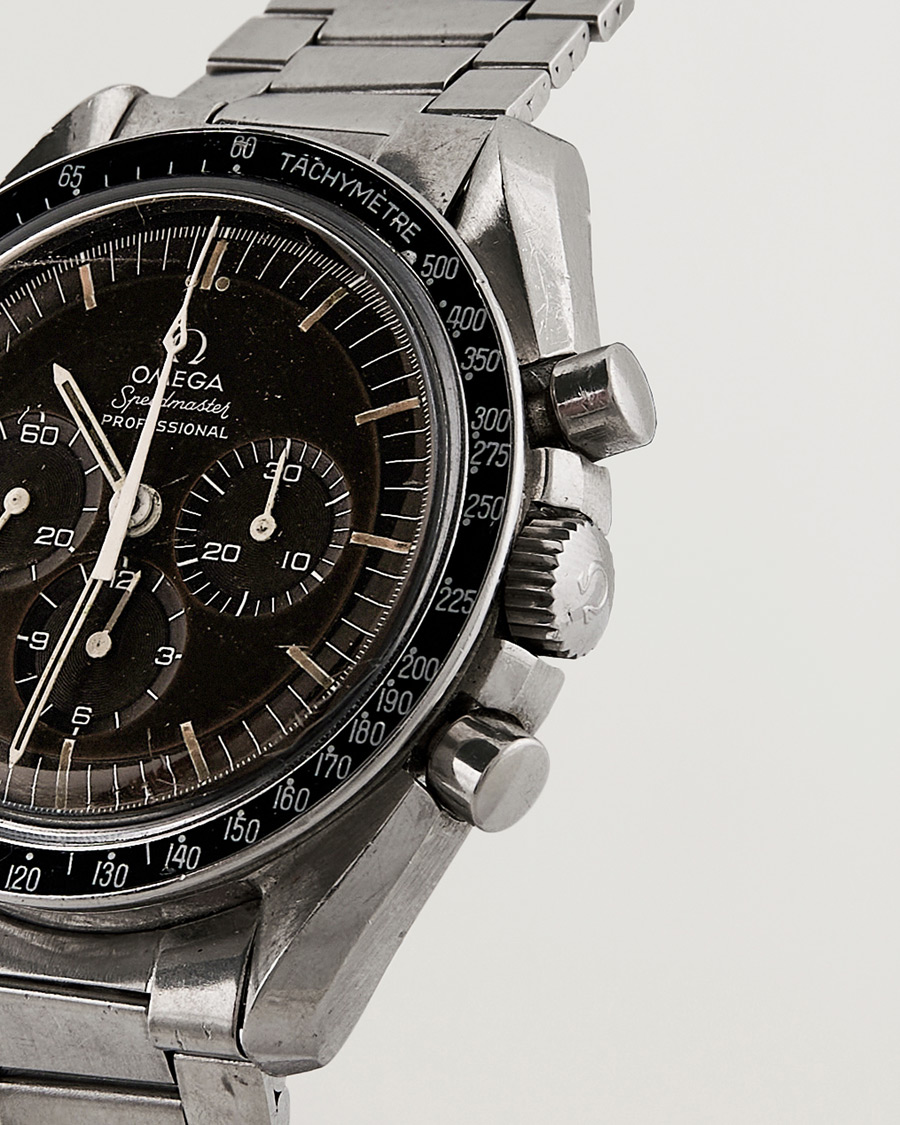
Buy your own Speedmaster
The Speedmaster remains Omega's flagship model and, in fact, the modern version of the most affordable luxury watches on the market, often serving as one’s first "serious watch" in a growing collection.
The watch of today bears a strong resemblance to the watch worn by Buzz Aldrin. It still has a diameter of 42mm and a dial that is largely unchanged, with a black base and white index markers.
In addition to today's model, there are many exciting options for those who want to immerse themselves into Speedmaster world and explore these amazing timepieces. Here are three designs that are perfect for anyone looking to start their collection.
Omega Speedmaster Professional 311.30.42.30.01.005
A watch that strongly resembles the original moon watch - an excellent choice for those who want to test the water and start their own watch collection.
Omega Speedmaster ”First Omega in Space” 311.32.40.30.01.001
This variant, with its 39mm, is an excellent watch for those who consider the original too large with its whole 42mm.
Omega Speedmaster ”Reduced” 3510.50.00
Not a "true" moon watch, but the model is very popular because it is automatic rather than manual and usually significantly cheaper to purchase, despite its aesthetic similarity to its big brother. It should be mentioned that the maintenance of this model is usually a little more expensive.
In conclusion, the model continues to be an icon and whether you are an astronaut, racing driver or watch enthusiast, the Speedmaster is a key part of most collectors' collections.
Do you want to continue where you were?
Customer service
FAQ
Answers to the most frequently asked questions can be found here.
We aim to reply to your email within one working day.
Personal Style Advice
We currently offer personal style advice through both digital and in-person customer meetings near our headquarters in Borås, Sweden.
If you're interested in booking a session with our personal shopper, send an email to us at [email protected], specifying whether you prefer a digital or in-person meeting, and we will get back to you with more details and available time slots.
Our style advisors look forward to helping you update your wardrobe and invest in timeless, quality garments!
Log in
-
Sweden
-
Denmark
-
Norway
-
Finland
-
Germany
-
Austria
-
Belgium
-
Ireland
-
Croatia
-
Cyprus
-
Czech Republic
-
Estonia
-
Greece
-
Hungary
-
Liechtenstein
-
Lithuania
-
Luxembourg
-
Malta
-
Poland
-
Portugal
-
Slovakia
-
Slovenia
-
Bulgaria
-
Latvia
-
Romania
-
Netherlands
-
France
-
Switzerland
-
Spain
-
Italy
-
United Kingdom
-
Saudi Arabia
-
New Zealand
-
Taiwan
-
United Arab Emirates
-
Japan
-
Australia
-
Canada
-
United States of America
-
South Korea
-
Hong Kong
-
Singapore
-
Kuwait
-
Malaysia
-
Qatar












